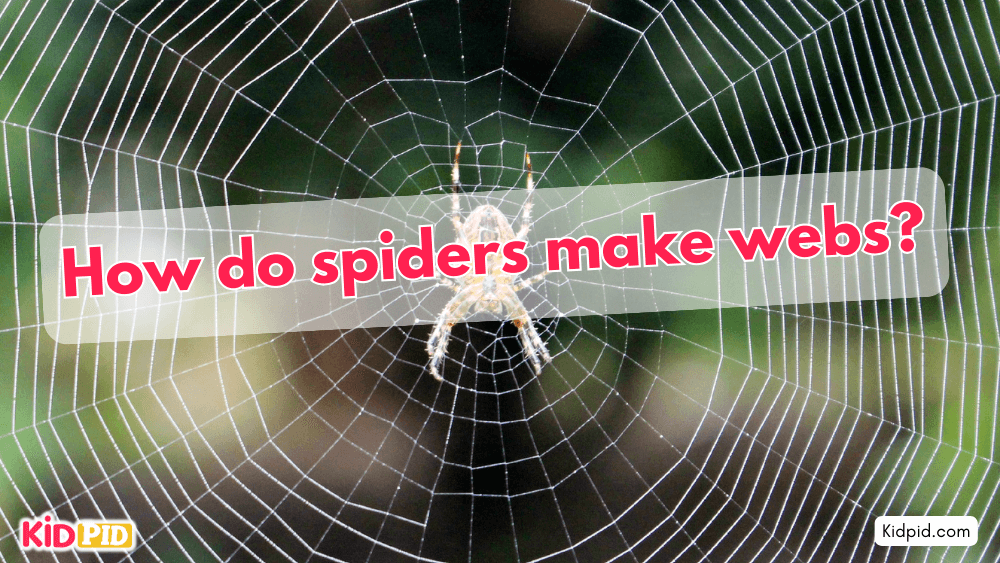Spiders produce silk from specialized glands located at the rear of their abdomen. By pulling the silk out with their legs, they can create intricate web patterns for trapping prey or for other purposes. The silk hardens upon exposure to air, forming the strong, flexible threads that make up the web.
Contents
MCQs
1. How do spiders begin to make their web?
A. By jumping from one place to another
B. By gluing the starting thread to a surface
C. By blowing bubbles
D. By laying a single thread between two objects
Answer: D. By laying a single thread between two objects
Explanation: Spiders start their web by stretching a thread between two points to serve as the foundation.
2. What is the purpose of a spider’s web?
A. To play with other spiders
B. To catch prey
C. To decorate their surroundings
D. To make clothes for themselves
Answer: B. To catch prey
Explanation: Spiders spin webs to trap insects and other small creatures for food.
3. Which part of the spider’s body produces the silk for webs?
A. Legs
B. Mouth
C. Abdomen
D. Eyes
Answer: C. Abdomen
Explanation: The silk glands in the spider’s abdomen produce the silk used for web-making.
4. What is the first step in web construction for many spiders?
A. Creating a spiral pattern
B. Making the frame
C. Decorating the web
D. Catching a first meal
Answer: B. Making the frame
Explanation: Spiders typically start by constructing a frame of silk lines to support the rest of the web.
5. What type of web do orb-weaver spiders create?
A. Tangled
B. Sheet-like
C. Funnel-shaped
D. Circular or spiral
Answer: D. Circular or spiral
Explanation: Orb-weaver spiders are known for their iconic circular or spiral-patterned webs.
6. How do spiders prevent themselves from sticking to their webs?
A. By wearing tiny shoes
B. By only walking on the non-sticky strands
C. By flying over the web
D. By covering themselves in oil
Answer: B. By only walking on the non-sticky strands
Explanation: Spiders carefully their area of contact with the glue is minimized by dense arrays of branched bristles (setae); second, careful engagement and withdrawal of the legs help to minimize contact with the sticky line.
Read More
